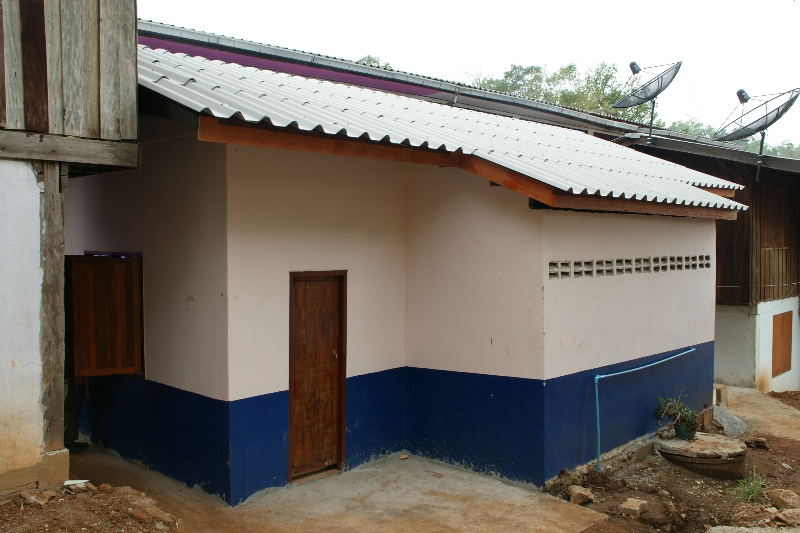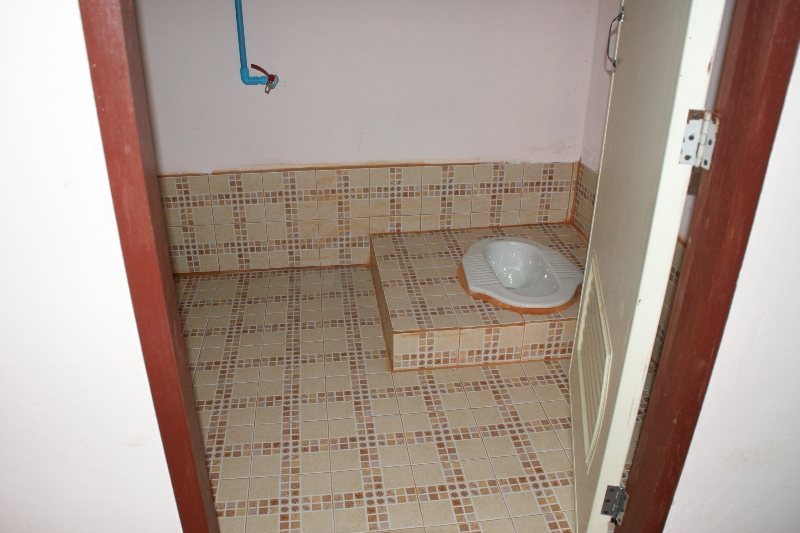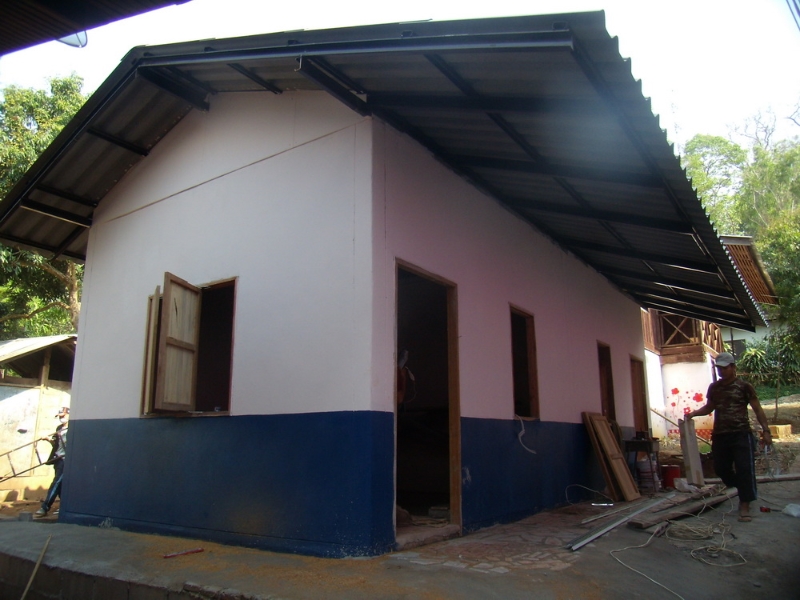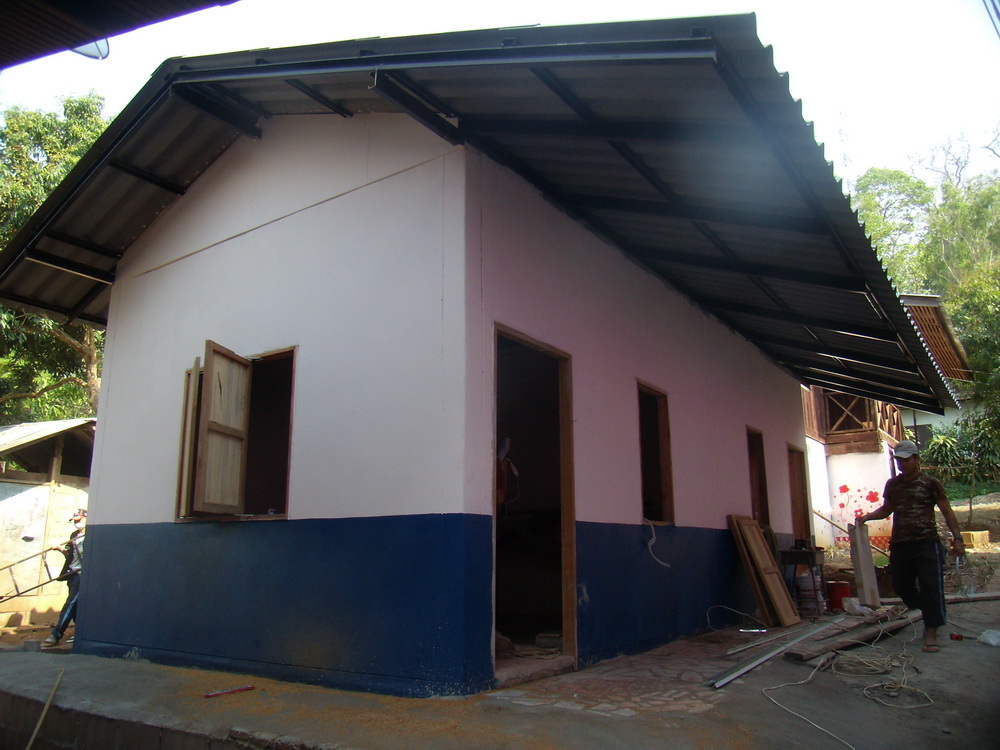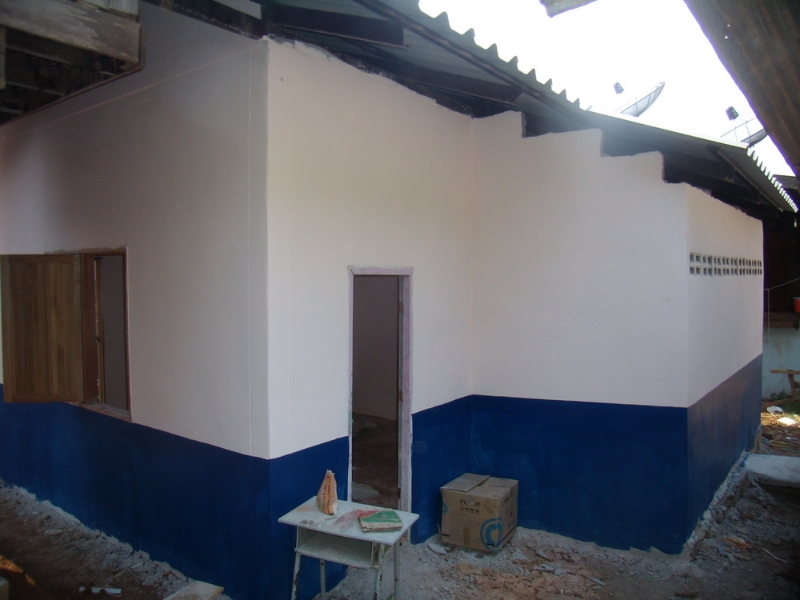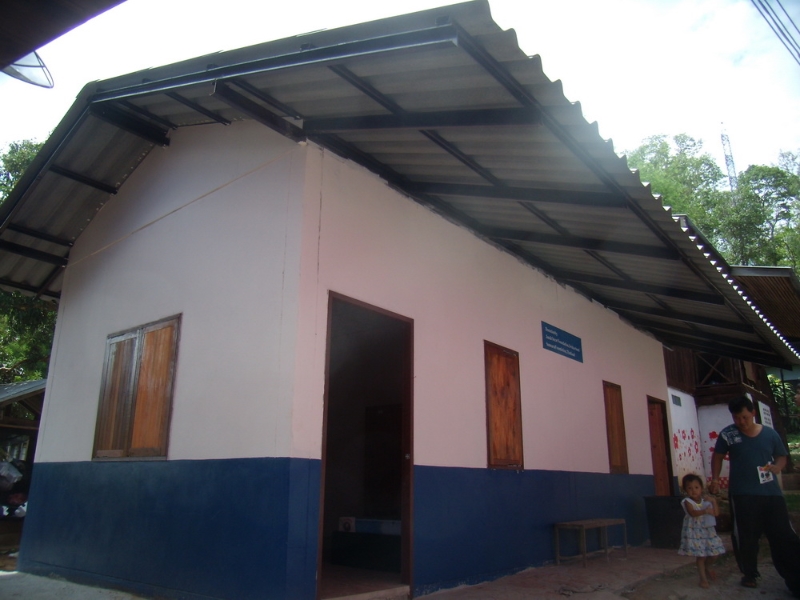Type
Sanitary facilities
Budget
CHF 16’600
Status
Completed
Year
2011-2014
Muang Mae Hong Son
Three toilet buidings, each with two toilets, at three schools in Pang Ma Pha District and two toilet buildings each with four toilets at two schools in Muang Mae Hong Son district, both in Mae Hong Son Province, Thailand
Type of project:
8 toilet buildings, each with 4 toilets and 2 sinks to wash hands at 8 poor remote mountain schools for hill tribe children.
Objective of the project:
Our objective is to get hill tribe children to school, let them finish basic education and get them to higher education. Essential in this process is to build sufficient facilities at the mountains schools. Children need to walk more than 4 hours a day to their villages, which is impossible.
Therefore the children and their teachers need to sleep at the school. They need dormitories, canteens, toilet buildings and clean water installations. With Samsara Foundation, we have built all these facilities at many schools in the south of Mae Hong Son Province.
We noticed that within 2 years after having realized these facilities at the schools 25% more children go to school. And many more teachers are willing to teach at those remote schools after the facilities are built. We consider education the key to poverty alleviation and the development from a poor to a more developed society.
Better school facilities and scholarships are essential to reach this objective. In the southern half of Mae Hong Son Province, Samsara is proving that it is possible to get all children to school and give them the opportunity for a better future.
Characteristics of the project:
All facilities at the schools are built by volunteers, mostly the parents of the children with the help of the villagers in the village nearby the school. All people including the representatives of the Samsara Foundation who do the monitoring of the project are volunteers. This means that the overhead is only 3% for monitoring costs.
All other costs are the materials to build with, food for the volunteers, transport of the construction materials to the remote schools. Another result of this methodology is that the parents will get in better contact with the schools as the build the facilities together with the teachers and the principals of the schools. They are proud of their work and they send as a result more of their



